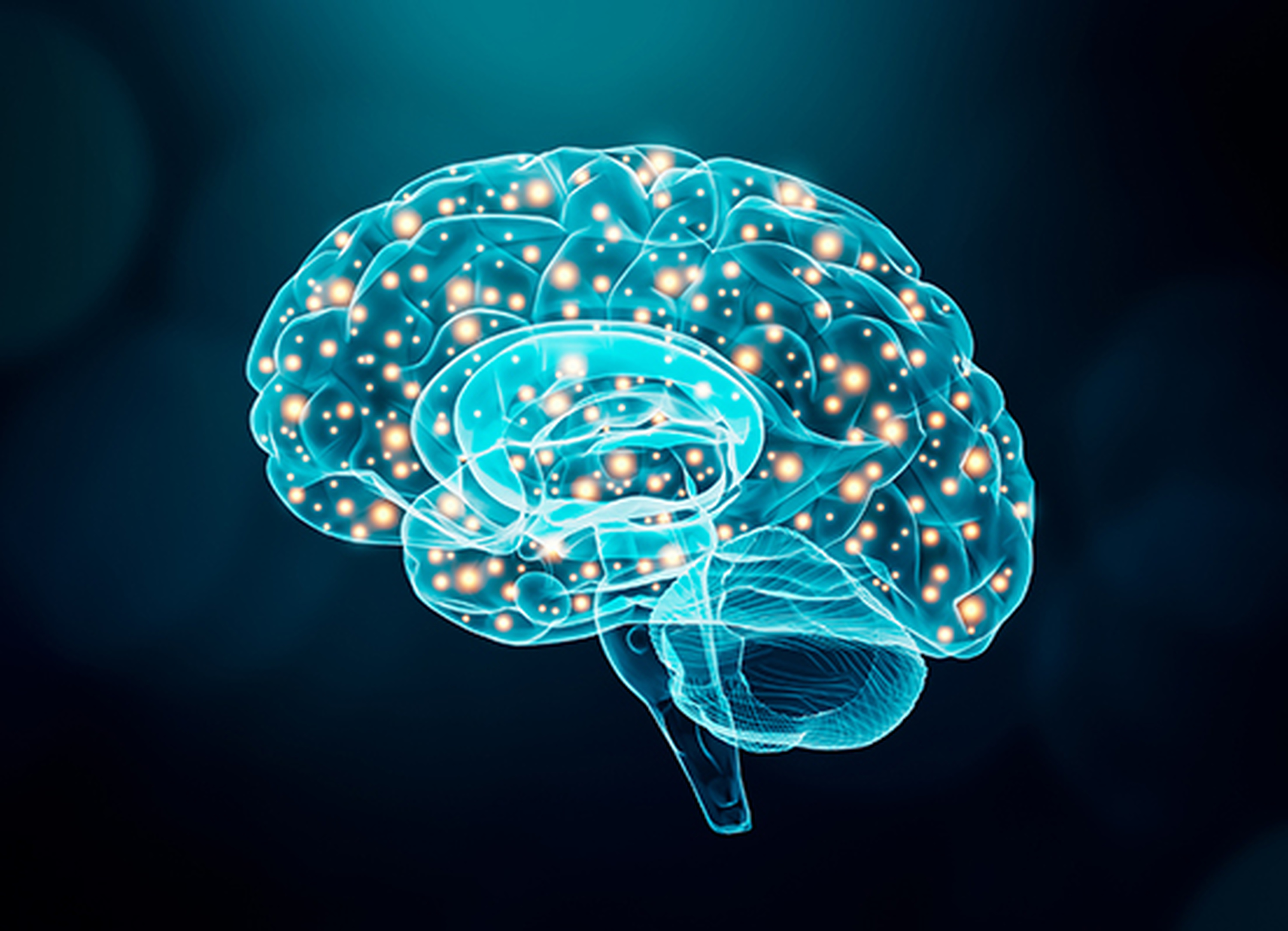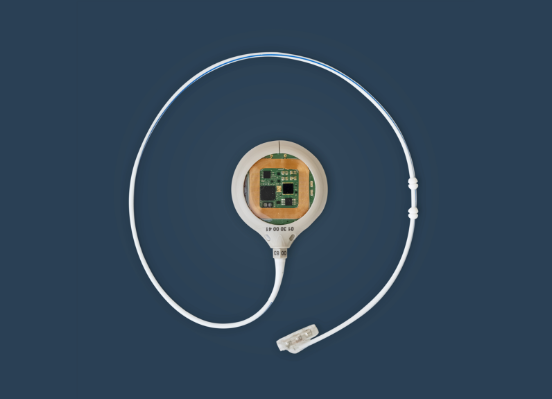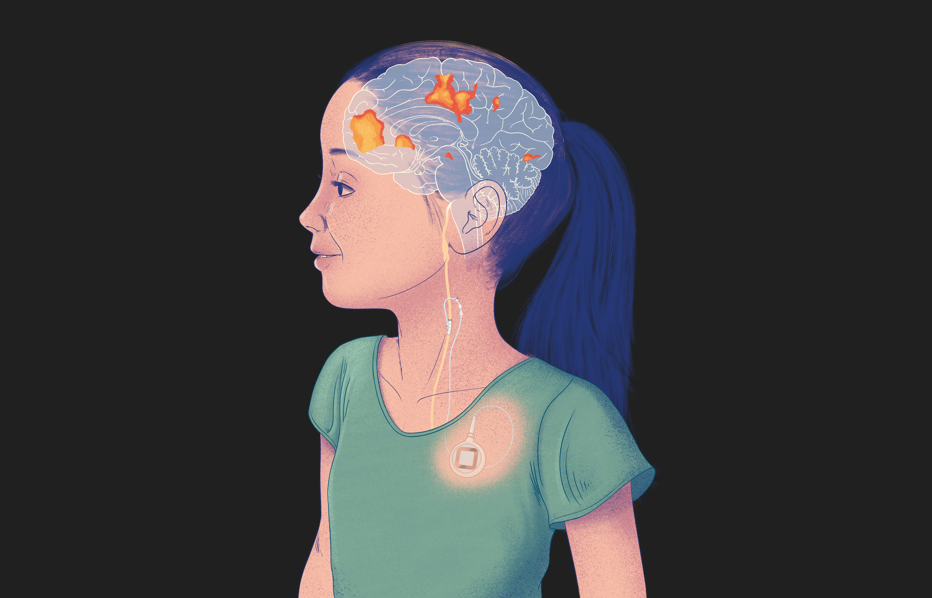Our technology
Synergia Medical is developing NAO, a next-generation neuromodulation platform that advances existing neural stimulation therapies by eliminating the main metal components of traditional devices, paving the way for more effective, safe and personalized treatments and improved patient quality of life.
Removing metal components from neuromodulation devices – why does it matter?
Neuromodulation devices, like pacemakers for the brain, provide life-changing treatment for conditions such as drug resistant epilepsy, depressions and Parkinson. However, their metal components make them highly susceptible to electromagnetic interference (EMI) from medical equipment (MRI, electrosurgery, defibrillators) and everyday technology (stereo speakers, microwaves, induction stoves, and high-power electric vehicle chargers).
EMI can cause device malfunctions, pose safety risks, and disrupt critical diagnostics. It can also interfere with inductive charging, leading to longer recharge times, increasing patient burden. Additionally, emerging threats like "brainjacking" highlight the cybersecurity risks of EMI exposure. As EMI sources continue to grow, addressing these challenges is essential to ensuring the safety, reliability, and longevity of neuromodulation therapies.


NAO – Neuromodulation Advanced with Optoelectronics
NAO technology eliminates these EMI challenges by replacing metal enclosures with glass encapsulation and metallic wires with plastic optical fibers that transmit light instead of electricity. At the electrode, a miniature photovoltaic cell converts light into electrical stimulation, ensuring precise therapy delivery without EMI-related disruptions.
This groundbreaking approach makes NAO more resistant to EMI, allowing for unrestricted MRI access, seamless inductive charging, enhanced cybersecurity, and interference-free operation in both medical and daily environments. By overcoming the limitations of metal-based neuromodulation devices, NAO sets a new standard for safety, reliability, and long-term performance.
The positive impact and unmet needs of VNS for DRE
Epilepsy affects 50 million people worldwide, making it the 4th most common neurological disorder. When two anti-epileptic drugs fail, drug-resistant epilepsy (DRE) is diagnosed, affecting 30% of patients and leading to severe health and personal challenges, with increase risk of premature death and depression.Vagus nerve stimulation (VNS) is a clinically proven therapyfor DRE that reduces seizures, improves mood, and enhances quality of life. However, traditional metal-based VNS devices have significant limitations:
MRI Restrictions – Limited MRI compatibility hinders essential diagnostics, while complex safety protocols create challenges for patients and physicians.
Multiple Surgeries – Frequent battery replacements (typically within four years) increase surgical burden, while electrode removal in case of device failure carries risks such as vocal cord paralysis.


First-in-Human Results: Advancing Drug-Resistant Epilepsy Treatment with NAO
Synergia Medical AURORA study on NAO.VNS™ for drug-resistant epilepsy: Three-month post-implantation findings confirm (five patients successfully implanted at UZ Gent and Cliniques universitaires Saint-Luc, Belgium):
- Safety met – No serious adverse events; minor effects consistent with existing VNS treatments.
- 100% implantation success – Reliable therapy delivery with no device failures.
- 40% responder rate – ≥50% seizure reduction at three months, with one patient seizure-free at six months.
- Improved quality of life – Reduced seizure severity and depression.
- Positive patient experience – Just one minute of daily recharge.